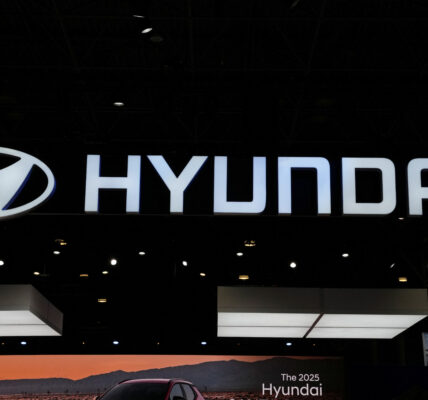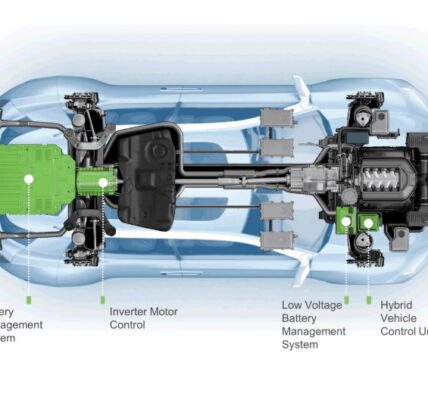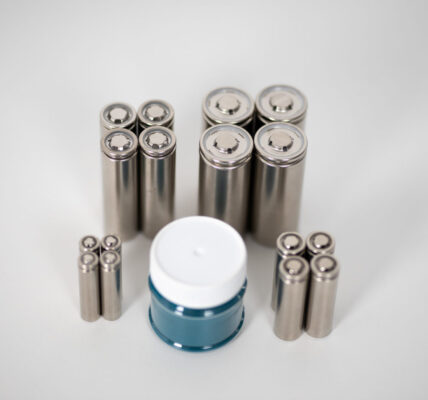The global lead acid battery market is set for positive growth through 2030, expanding at a CAGR of 5.4% and surpassing a value pool of US$ 111.6 Bn by 2030-end.
Presently, lead acid batteries find extensive usage as the primal energy source across the transportation, industrial, residential, commercial, grid storage and automotive sectors. Ranking high on the sustainability index, adoption of lead acid batteries is acquiring traction as it consumes thrice the lesser amount of energy per kilo watt hour, making them technically superior to lithium-ion batteries.
The electronic vehicle revolution has provided fertile ground for the proliferation of lead acid batteries as these vehicles extensively utilize them to power their systems. According to an estimate, the ignition procedure in electric vehicles is expected to eliminate at least over 4 million tons of greenhouse gas emissions annually. The aftermarket prospects also appear bright for lead acid battery OEMs as frequent battery servicing and replacement need to be conducted.
Absorbed Glass Mat (AGM) lead batteries are quickly capturing significant ground in the global lead acid batteries market. Their effectiveness in containing spills and reduced degradability makes them an ideal choice amongst potential end-users. Moreover, these batteries are shock resistant, charge five times faster than their flooded counterparts and have a compact structure which reduces the need for overall maintenance.
The COVID-19 pandemic has dented near-term growth prospects as a result of the onset of a global economic recession. Cessation of business activities across key end-use industries such as manufacturing and automotives has reduced demand for lead acid batteries as an assembly component. These business suspensions are attributed to government calls for maintaining social distancing through the imposition of nationwide lockdowns. However, with these restrictions being lifted in certain countries, growth trajectory is gradually returning to its normal pace, reinforcing the pre-determined forecasts.
“A shift towards renewable energy sources such as solar power systems are laying bare potential opportunities for the expansion of lead acid battery markets in both emerging as well as mature markets. Therefore, there is a spike in the number of collaborations between manufacturers, grid-operators and renewable energy developers, resulting in the formulation of extensive distribution channels which is providing traction to the market,” infers a report analyst.
The global lead acid battery market is fragmented in nature. A combination of established players as well as new entrants is shaping the revenue pool of the market. In order to consolidate their position, players are concentrating on innovations to provide technologically enhanced and affordable batteries in their product portfolio.
For instance, Exide has been manufacturing its E-Ride Tubular Plus lead batteries which are specifically designed and developed for e-rickshaws. The battery’s unique design results in enhancing performance and reduces operating costs to a significant extent. The battery has an enhanced rechargeable rate due to a novel negative paste formulation embedded within the battery.
Likewise, Hitachi Chemical Company produces a range of hybrid and VRLA batteries for a host of end-use applications, ranging from industrial to renewable energy production. The company has also established innovation centers to discuss potential strategies with its end-use customers.
-Report by Future Market Insights








